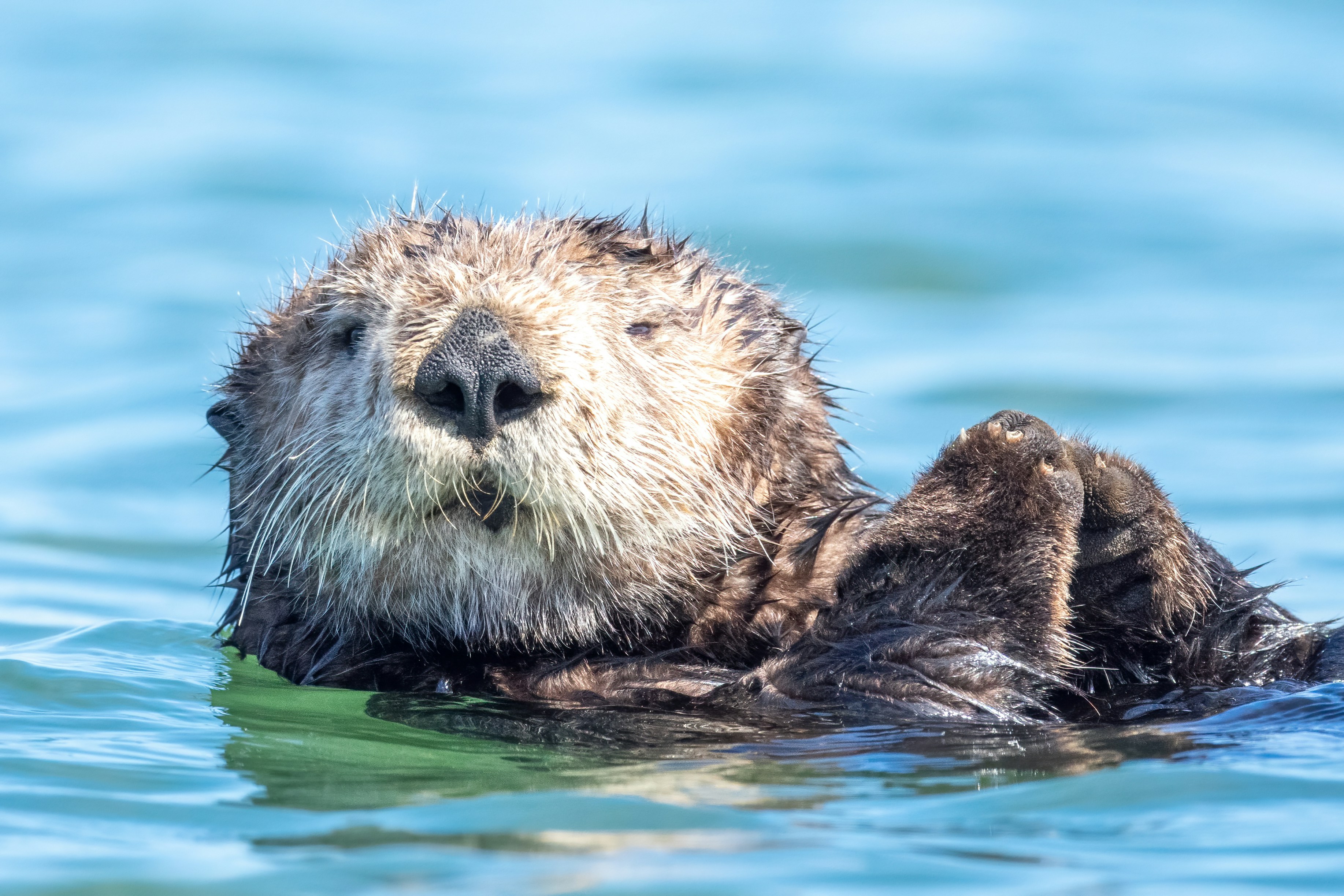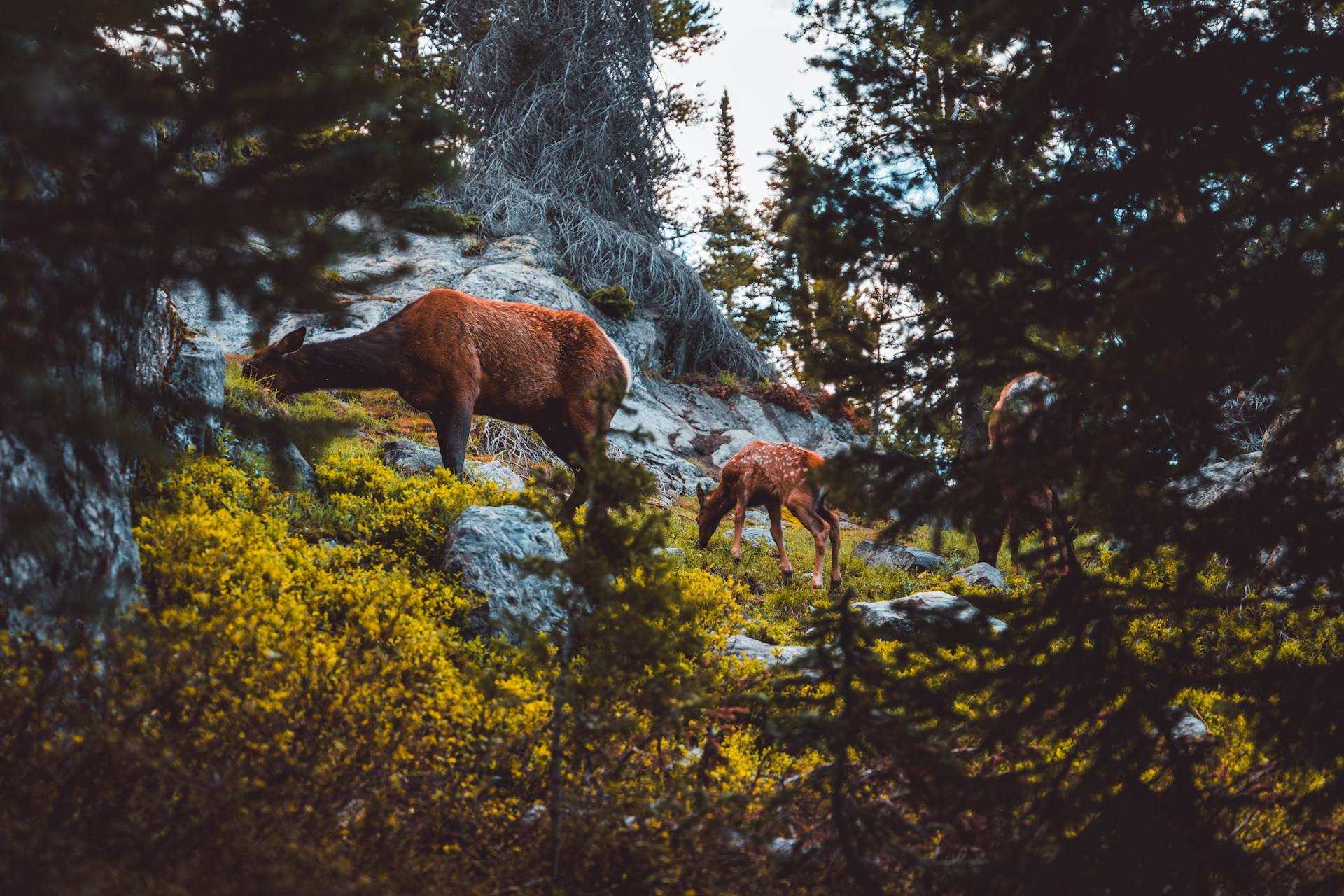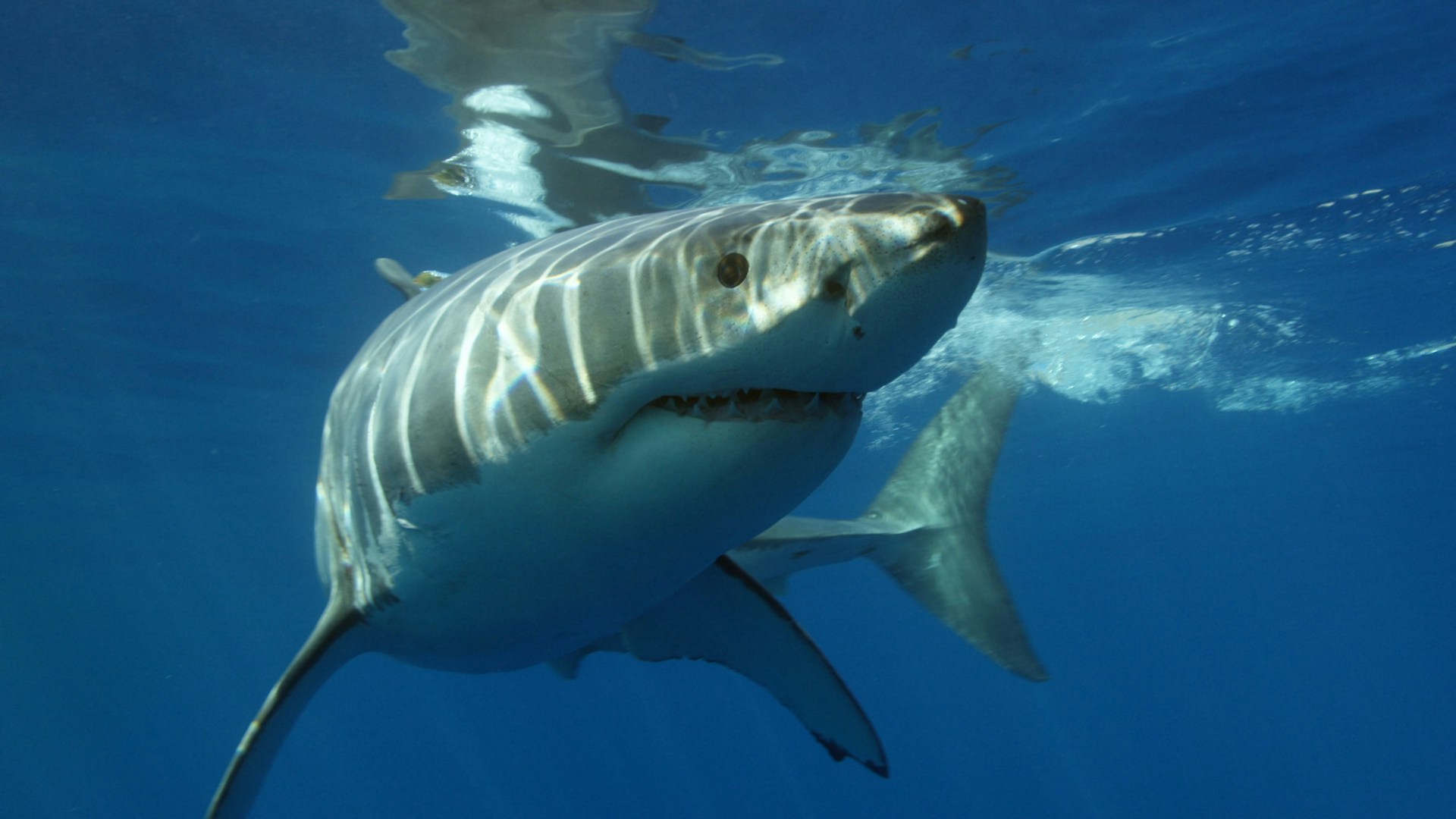The deeper we explore the impact of climate change on our planet, the more we realize that the fight against this crisis is not a shared responsibility.
Amidst the mounting challenges, there are often forgotten heroes in the story of climate change. Today, animals are joining the fight against the climate crisis in amazing and unexpected ways.
Through the way they eat and behave, they play a role in pulling carbon out of the atmosphere and storing it, which in turn helps keep the global climate system stable. As populations of these species grow, they have the potential to have a huge impact on the balance of our Earth's environment.
In this article, we explore how these animals, each with their own unique characteristics, are contributing to the increasingly urgent challenge of climate change.
1. Tapir

Despite having a body similar to a pig and a short trunk like an elephant, tapirs play an important role in the rehabilitation of degraded rainforests. They eat a variety of fruits and spread their seeds in their droppings, which then grow into plants.
Research shows that tapirs produce three times more seed dispersal in degraded forest areas than in intact forests. This natural regeneration process is one of the most economical and effective ways to restore tropical forests.
Scientists have identified 24 different species of seeds in tapir droppings. Many of these seeds grow into large trees in the forest, which then help absorb more carbon from the atmosphere, contributing to efforts to slow global warming.
2. Sea Otters

Sea otters are one of the species that play an important role as guardians of kelp forests under the water's surface. These kelp forests are highly efficient at absorbing carbon dioxide (CO2) from the atmosphere and using it to grow underwater leafy structures. However, kelp forests are vulnerable to predators such as sea urchins, which can destroy them in the absence of predators. Sea otters are the primary predators that keep sea urchin populations in check.
One study found that kelp forests protected by sea otters can sequester up to 12 times more carbon dioxide than those without, with the potential carbon sequestration valued at approximately $200-400 million per year.
3. Bison

Historically, the role of large mammals such as bison in grassland ecosystems has been significant. Not only are these mammals responsible for grazing the grasses, but their hooves help rejuvenate the soil by ruffling and pushing native plant seeds, as well as weeds and dead plants, into the soil, creating new life.
More interestingly, bison dung contains high concentrations of nitrogen, a nutrient essential for plant growth, and adds fertility to the soil as they graze. Both their feces and urine add valuable nutrients to the soil, and then they migrate to other pastures, allowing the pastures they grazed on time to rest and recover.
4. Wolves and Moose

Wolves have an enormous impact on the boreal ecosystem. While moose are the primary herbivores, their diet of tree shoots and leaves also affects forest composition and soil microbes. Interestingly, when healthy wolves are present in the forest, they influence moose diet and moose numbers through predation, which in turn changes how moose interact with the boreal plant community. This leads to changes in forest composition and an increase in tree biomass, which in turn increases carbon storage in plants and soils.
As a result, the presence of wolves in the boreal forest is estimated to increase carbon storage by 46 to 99 million metric tons compared to the absence of wolves. This is equivalent to the annual tailpipe emissions of 33 to 71 million cars. By keeping this prey-prey dynamic in balance, the entire ecosystem benefits, including us.
5. Elephants

African forest elephants, the smallest of the three elephant species, live in the Congo rainforest and are often called "Congolese gardeners" because they cut down vegetation in search of food. While foraging for seeds, fruits and leaves in the dense forest, African forest elephants also inadvertently invade and trample fast-growing shrubs, giving slower-growing trees a chance to thrive.
Each African forest elephant sequesters more than 9,000 tons of carbon over its lifetime, providing carbon sequestration services worth $150 billion annually, according to economist Ralph Chami.
Not only elephants, but rhinos and other giant herbivores also play a role in spreading and planting carbon-rich tree seeds. Without the help of these forest-dwelling animals, some tropical forest ecosystems could lose their ability to store carbon. Threats to many of these species include habitat loss and poaching.
6. Whales

As the largest mammal on Earth, whales are capable of absorbing approximately 33 tons of carbon during their lifetime. For comparison, a typical tree absorbs only about 48 tons of CO2 emissions per year, or about 22 kilograms. When a whale dies, its carcass sinks to the ocean floor and remains there for centuries, storing carbon that was previously in the atmosphere.
And that's not all. In fact, whale poop also plays an important role. Whale poop serves as fertilizer for phytoplankton, which routinely pull ten gigatons of carbon from the atmosphere into the ocean depths every year. Although these phytoplankton are very small, together they capture about 40% of all carbon dioxide in the marine environment, or about 4 times the amount that the Amazon forest can absorb.
Unfortunately, whale populations have suffered significant declines due to pollution and hunting. If the whale population could recover to the 4-5 million range, it could result in the capture of approximately 1.7 billion tons of carbon each year.
7. Sharks

Sharks help marine ecosystems by providing essential nutrients to shallow waters. They do this by feeding on deep-sea organisms and then swimming to shallow waters to defecate, enriching the nutrients there. For example, gray reef sharks act as nitrogen transporters, bringing these nutrients from the deep waters where they feed to shallow coral reefs through their excrement.
Another example is tiger sharks in Australia, which chase turtles away from underwater seagrass beds to prevent the turtles from consuming too much seagrass. Seagrasses play an important role as a store of blue carbon, the carbon taken up by marine ecosystems around the world. Seagrasses form dense underwater meadows that can absorb carbon dioxide (a greenhouse gas) from the atmosphere. Reduced shark populations mean an increased risk of turtles damaging seagrasses, and when seagrasses are damaged, they release blue carbon and contribute to global warming.
In addition, shark bodies themselves are a source of blue carbon, the carbon stored in marine and coastal ecosystems around the world. Approximately 10-15% of a shark's body is carbon. When sharks die naturally, their bodies sink to the bottom of the ocean along with the carbon they contain. This carbon can remain in the deep ocean for thousands or even millions of years. However, when sharks are overfished, much of this carbon escapes the ocean and enters our atmosphere.
Reference:
- How Sharks Keep Our Oceans Healthy. (2022, July 12). IFAW. https://www.ifaw.org/journal/sharks-keep-oceans-healthy
- Jean Schueman, L. (2023, March 20). Five animals and how they fight climate change. One Earth. https://www.oneearth.org/five-animals-and-how-they-fight-climate-change/#:~:text=Did%20you%20know%20that%20African
- Labbe, N. (2021, May 25). Beef and Bison Can Help in Fight Against Climate Change. The Nature Conservancy. https://www.nature.org/en-us/about-us/where-we-work/united-states/stories-in-mn-nd-sd/beef-bison-help-fight-climate-change/
- McHugh, J. (2022, July 13). Once nearly extinct, bison are now climate heroes. Washington Post. https://www.washingtonpost.com/climate-solutions/2022/07/13/bison-buffalo-oklahoma-extinct-climate-change/
- Sherry, J. (2021, May 21). How Wolves and Other Wildlife Help Us Fight for the Climate. Www.nrdc.org. https://www.nrdc.org/bio/jennifer-sherry/how-wolves-and-other-wildlife-help-us-fight-climate
- Farah, N. (2022, January 19). How Whales Can Help Us to Fight Climate Change. EcoNusa. https://econusa.id/en/ecodefender/peran-paus-lawan-perubahan-iklim/



















